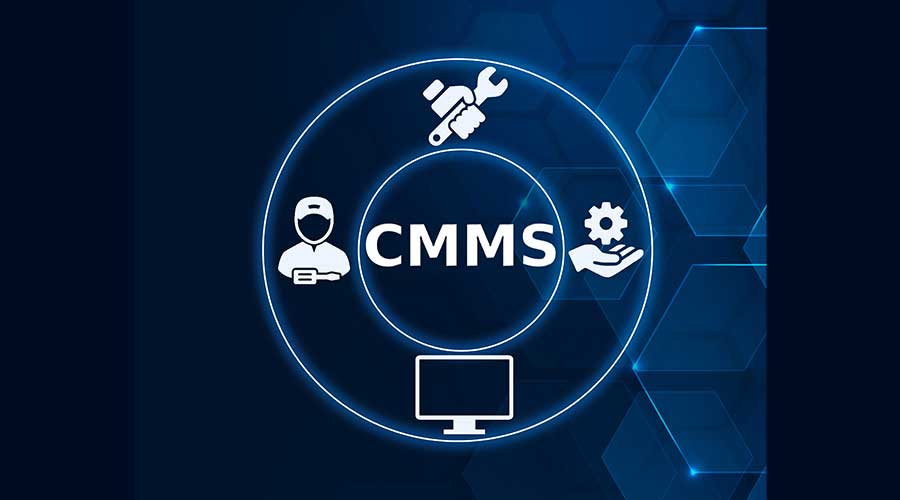Building IoT And Integrated Workplace Management Systems
Part 2 of a 3-part story about the way the Internet of Things is affecting corporate real estate
A key relationship in the new technology world is IWMS. An operational platform for managing business processes such as real estate, lease administration, and space management, its data has come primarily from activity. When managers move people, data is entered into IWMS as to where they sit in order to calculate cost per square foot, for example. Similarly, a leak is entered as a work order, managed, executed, closed, and tracked, making it a management platform. Its real advantage is that it has a fully integrated, consolidated data set from which analytics can be performed.
Now there’s a new wave of technological advancement in the IWMS world because the Building IoT is not so much about technology as about enabling behavior. To keep smart buildings data overload from becoming high tech “noise,” massive data acquisition and interaction must be actionable. Here’s where the connection occurs. Top IWMS systems have created a link between IoT components and management tools within the IWMS platform.
That’s the exciting part of IoT and IWMS integration: getting the building itself, its assets, to tell management what’s going on. That requires interaction, and IWMS is the logical tool for that since it is already collecting data. All the data from a sensor-rich platform has little value without an infrastructure to make sense of it. IWMS brings to the table mature and relevant business processes. It abstracts and analyzes the massive Building IoT data set to drive automated processes and robust analytics.
Combining rich data from Building IoT with IWMS’ standardized and optimized business processes can significantly:
• Lower building operating costs.
• Prioritize and optimize maintenance activities, in taking these from reactive activities into a more predictive and proactive framework which can not only reduce costs but also extend the life of assets themselves, putting a building at less risk from being “down” due to asset failure.
• Highlight higher priority projects relative to business benefit and risk.
• Improve employee efficiency and satisfaction.
• Optimize space utilization.
• Increase asset performance and uptime.
• Improve financial performance of the portfolio (i.e., being able to model the portfolio and see not just a building’s operating cost but its performance in terms of core ability to generate revenue because of the asset).
Of these, the top three “hot buttons” in which IoT can make a dramatic difference are operating cost reductions, enhanced maintenance workforce efficiency, and financial performance.
Related Topics:













